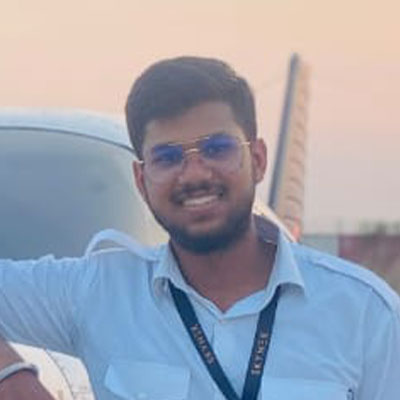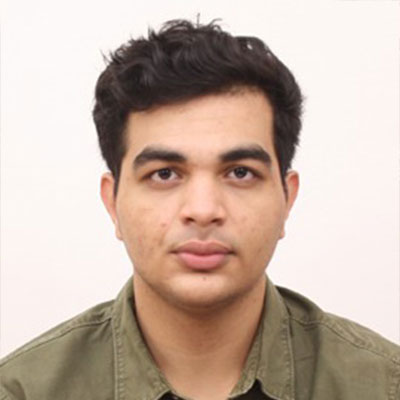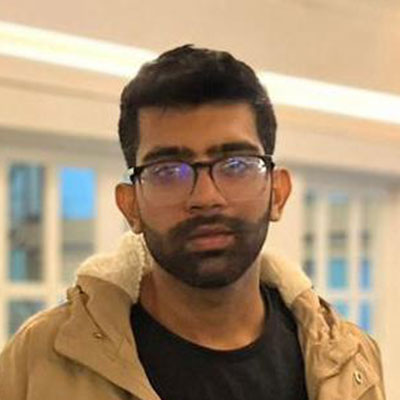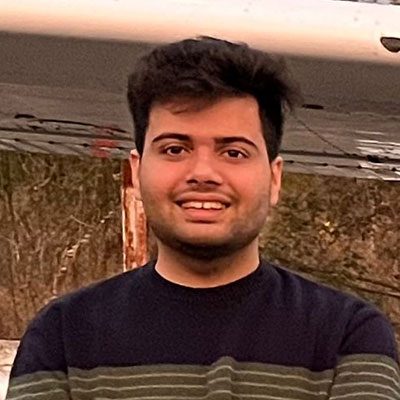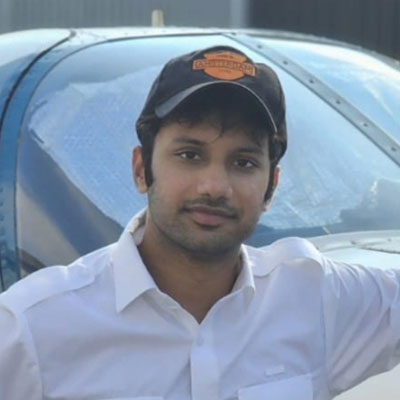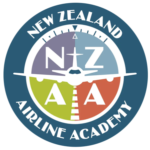Aerobirds "Where Dreams Take Flight"

Begin your pilot journey with experts led aviation training at Aerobirds Aviation.
Whether you are pursuing a career in commercial aviation or transforming your passion for flying into reality, we provide comprehensive, end-to-end support to help you become a pilot with the highest standards of training guidance.
Join us and take off toward a successful aviation career!
We are conveniently located at GURGAON, Haryana.
Meet the Team

Captain Aayushi Gupta
Captain Aayushi Gupta is an accomplished Boeing 737 pilot with 16 years of aviation experience. She makes complex concepts accessible through her clear and engaging approach.
In addition to flying, Captain Aayushi is actively involved in aviation initiatives. She emphasizes regulatory discipline, meticulous planning, pre-flight diligence, and professional communication, guiding students to adopt the mindset of a safe, responsible, and well-rounded aviator.
Captain Himanshu Mohan
Captain Himanshu Mohan is a distinguished aviation professional with a legacy of excellence spanning 47 years. From his esteemed tenure as an Indian Air Force fighter pilot to his extensive civil aviation career—including 24 years as a pilot, instructor, and examiner on the Boeing 737—Captain Mohan embodies the highest standards of skill, discipline, and professionalism in the industry.
Following his retirement from active flying, Captain Mohan continues to inspire and mentor the next generation of aviators through comprehensive ground classes. He generously shares his vast knowledge of aviation technical subjects and the Boeing 737, along with his enduring passion for flight. His unwavering commitment to safety, precision, and excellence remains a guiding force for all who aspire to take to the skies.

Why Choose Aerobirds Aviation?
Whether you’re aiming for the cockpit of a commercial airliner, a private pilot’s license, or simply want to explore the skies, we’re here to help you achieve your goals.

Expertise
Learn from seasoned pilots with decades of commercial experience. We turn your journey from student to professional into a seamless path of expert learning

Comprehensive Curriculum
Our structured program develops flying skills, safety awareness, discipline, and decision-making for real-world aviation and exam readiness.

End-to-End Support
From initial guidance to final licensing, we handle every step of your pilot training journey, making the process efficient, hassle-free, and tailored to your ambitions.
For Subscription or Online Classes Contact us

Air Regulations

Aviation Meteorology

General Technical

Navigation

Radio Telephony-RTR(A)
Here's how to become a Pilot in India
Becoming a pilot in India typically involves the following steps:
Educational Qualifications
You need to have completed 10+2 with Physics and Mathematics as subjects. If not, you can always do Physics and Mathematics from NIOS.
Medical
Undergo a Class II and Class I medical examination conducted by the Directorate General of Civil Aviation (DGCA) approved medical examiners, since that is the first step in becoming a pilot.
Complete Ground Training
Attend ground classes to learn about subjects such as air regulations, meteorology, navigation, general technical and flight planning.
Examination
You would need to clear exams conducted by DGCA, India in each subject. In addition, you would need to clear Radio Telephony exam conducted by Ministry of Communication, for which separate ground school would be needed.
Select a Flying School
Choose a DGCA-approved flying school to pursue your pilot training. Research various schools to find one that suits your budget and location.
Flight Training
Undergo flight training with certified flight instructors. You’ll start with basic aircraft handling and progress to more advanced maneuvers as you gain experience.
Obtain Required Flying Hours
Accumulate the required flying hours as per DGCA regulations. This includes solo flights and dual flights with an instructor. The current requirement to obtain a CPL in India is 200 hours.
Obtain Pilot License
After successfully completing the training program and examinations, you’ll receive a Commercial Pilot License (CPL) or Private Pilot License (PPL) depending on the type of training you underwent.
Advance Your Career
Continuously upgrade your skills and ratings to advance your career as a pilot. This may include obtaining additional certifications or endorsements for specific types of aircraft.
Stay Current
Maintain your pilot’s license by meeting the currency requirements set by the aviation authorities and undergoing regular medical examinations.
Keep in mind that becoming a pilot requires dedication, financial investment, and a commitment to safety and professionalism.
*If you choose to do you flying training from abroad, you will have to convert your foreign license to Indian DGCA license.
How to become a Pilot in India?
Becoming a pilot in India typically involves the following steps:
- Educational Qualifications: You need to have completed 10+2 with Physics and Mathematics as subjects. If not, you can always do Physics and Mathematics from NIOS.
- Medical Examination: Undergo a Class II and Class I medical examination conducted by the Directorate General of Civil Aviation (DGCA) approved medical examiners, since that is the first step in becoming a pilot.
- Complete Ground Training: Attend ground classes to learn about subjects such as air regulations, meteorology, navigation, general technical and flight planning.
- Examination: You would need to clear exams conducted by DGCA, India in each subject. In addition, you would need to clear Radio Telephony exam conducted by Ministry of Communication, for which separate ground school would be needed.
- Select a Flying School: Choose a DGCA-approved flying school to pursue your pilot training. Research various schools to find one that suits your budget and location.
- Flight Training: Undergo flight training with certified flight instructors. You’ll start with basic aircraft handling and progress to more advanced maneuvers as you gain experience.
- Obtain Required Flying Hours: Accumulate the required flying hours as per DGCA regulations. This includes solo flights and dual flights with an instructor. The current requirement to obtain a CPL in India is 200 hours.
- Obtain Pilot License: After successfully completing the training program and examinations, you’ll receive a Commercial Pilot License (CPL) or Private Pilot License (PPL) depending on the type of training you underwent.
- Advance Your Career: Continuously upgrade your skills and ratings to advance your career as a pilot. This may include obtaining additional certifications or endorsements for specific types of aircraft.
- Stay Current: Maintain your pilot’s license by meeting the currency requirements set by the aviation authorities and undergoing regular medical examinations.
Keep in mind that becoming a pilot requires dedication, financial investment, and a commitment to safety and professionalism.
*If you choose to do you flying training from abroad, you will have to convert your foreign license to Indian DGCA license.
Reviews from Our Students
